Leh, the former capital of the kingdom of Laddakh and now known as Leh district in the state of Jammu and Kashmir, is the second largest district in the republic of India. Leh is situated at an altitude of 3542 meters above sea level in the lap of the Himalayas. If you like the chilly cold and snow-capped mountains and a knack for adventure, Leh is the perfect getaway for you. We have made a list of 10 places to visit in and around Leh that offer serene but majestic environment to a traveller.

Laddakh

1. Pangong Tso
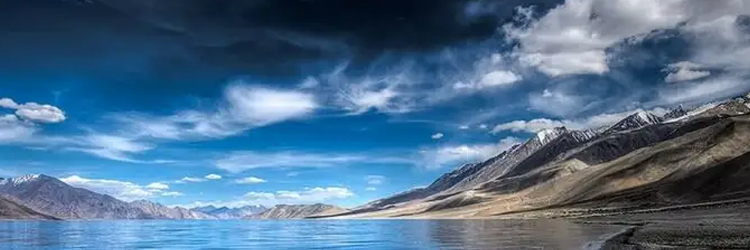
Situated at height of around 4,350 meters above sea level, and extends from India to Tibet. Pangong Lake is at a distance of approximately 150 kms from the town of Leh, however travelling that distance is totally worth the effort as you’ll be mesmerised by the jaw dropping site for sure. The drive from Leh is rough and dramatic; you will find many other attractions on your way about which I will explain later in this post. As 60% of the lake lies in Tibet, tourists have to obtain special permits to visit the lake. While Indian nationals can obtain individual permits, others have to get group permits along with the company of an accredited tour guide.
2. Shanti Stupa
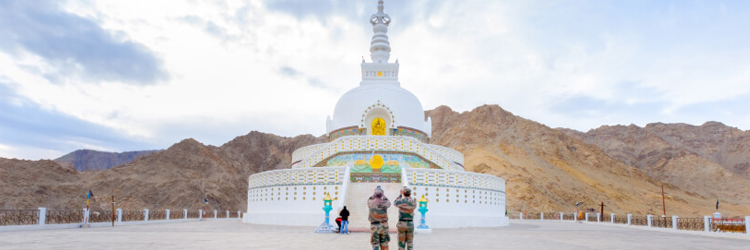
It is a Buddhist white domed stupa in Leh district, Shanti Stupa was built by a Japanese Buddhist monk Gyomyo Nakamura and was enshrined by the 14th Dalai Lama himself. The stupa holds the relics of the Buddha at its base, and provides a panoramic view of the surrounding landscape which is the best during dawn and dusk. The stupa is considered to be a major tourist attraction in Leh; it is located at an altitude of 4,267 meters above sea level and is at a short distance of 5 kilometres by road. One can alternatively reach the stupa by climbing 500 steps from the city of Leh.
3. Leh Palace
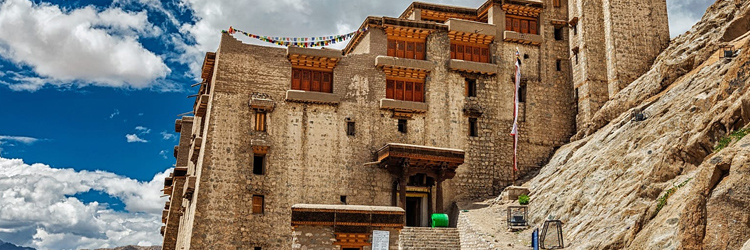
Built in 1553 AD, the 19 stories high Leh Palace was built on a hilltop and still looks imposing from the town; apparently it was one of the tallest buildings in the world during that time. It was the residence of the royal family till the mid 19th century when the dogra forces attacked laddakh and the royal family moved to the Stok palace thus abandoning the fort. Although in ruins now, the palace is now being restored by the Archaeological survey of India. The palace also has a museum which holds a rich collection of jewellery, ornaments, ceremonial dresses and crowns. The paintings in the museum are more than 450 years old Chinese thangka paintings.
4. Hemis Monastery
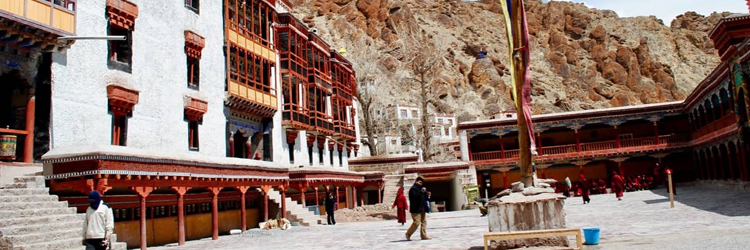
Situated 45 kilometres from the town of Leh, Hemis Monastery has existed before the 11th century but was re-established in 1672. It is a Tibetan monastery which is the wealthiest and biggest in laddakh, it also has the largest of all thangka paintings in laddakh which is unfurled in every 12 years and the next unfurling will take place in 2016. Hemis monastery is also a host of the famous annual festival held in the honour of Lord Padmasambhava; it is definitely one of the most eye-catching of all festivities found in the world, especially the mystic mask dances which are collectively known as Chams. The Hemis is also home to the endangered “Show leopard” which is found in the neighbouring Hemis national park.
5. Namgyal Tsempo Monastery
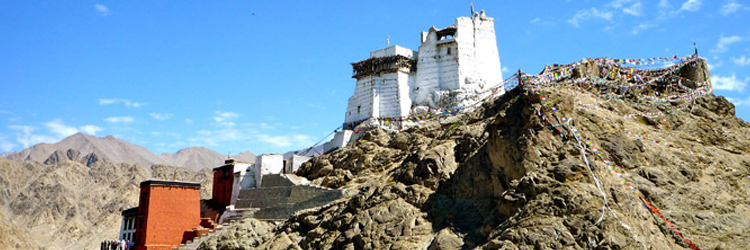
Situated at the backdrop of the aforementioned Leh palace, Namgyal Tsempo Monastery was founded in 1430, and provides a panoramic view of the surrounding plains and especially the Indus River and the snow-capped peaks of the Zanskar mountain range. The view of Leh from the gompa is a special attraction as it changes with the change in light, this making it a breathtaking sight to gaze at. The monastery contains age old Buddhist manuscripts; however the main attraction of this monastery is the 3 stories high, golden statue of Maitreya Buddha.
6. Hall of Fame Museum

Maintained by the Indian Army, the Hall of Fame Museum is a place where you can learn numerous unknown facts about laddakh. The museum contains information about Leh and its culture, history of laddakh and various pieces of information about the flora and fauna of laddakh. Being maintained by the Indian army the museum also houses various information on the various monarchs of Leh, battles they fought, is also on display. Upper floor is where the military ammunition used by the Indian army in its various battles with Pakistan is on display. It also has a captivating display on the Siachen battlefield – the highest and the most arduous battlefield in the world.
7. Khardung La
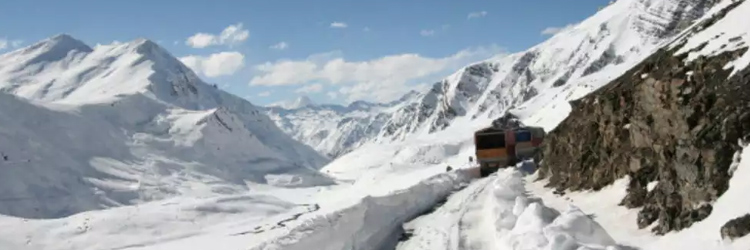
Khardung La or Khardung Pass is situated 40 kilometres from Leh, and is considered the highest motor able pass in the world (disputed by many modern measurements). Laying at an altitude of 5,602 meters above sea level the pass was built in 1976 and opened to motor vehicles in 1988. The pass is also used to carry military supplies to the notoriously famous Siachen glacier and has been a constant challenge destination for adventurers and bikers all around the world. The foreign tourists need to obtain a special permit to visit this spot.
8. Gurudwara Patthar Sahib
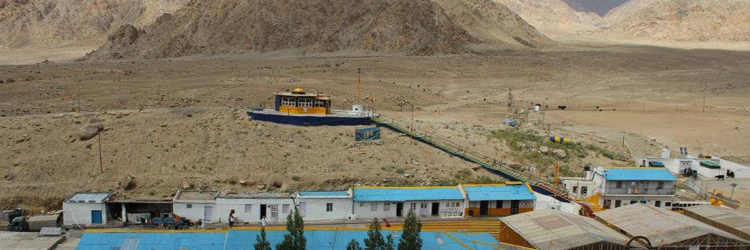
At a distance of about 20 kilometres away from Leh, this beautiful Gurudwara Sahib was built in 1517 in the memory of Guru Nanak. As evident by the name, as the Hindi word “Patthar” which means stone or rock, the shrine houses an immovable rock, considered to have a negative image of Guru Nanak. The place is a must stop location for many truck drivers and army convoys as it is considered auspicious to visit the famed Gurudwara sahib before your journey to the tough path ahead.
9. Shey Monastery
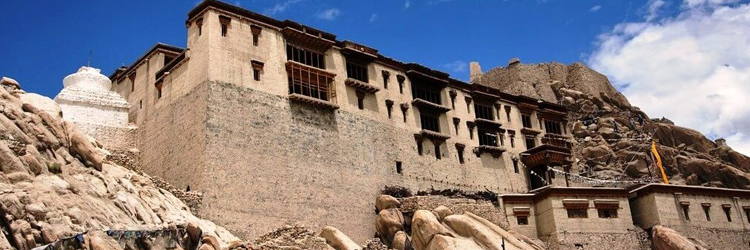
15 kilometres south from Leh, the Shey Monastery was built in 1655 within the Shey palace complex. The palace was the former residence of the pre-Tibetan royal family. The palace houses a 12 meter high copper statue of Lord Buddha which is plated with gold and is the largest of its kind and covers three stories in the building. Although the palace is in ruins, and is being currently restored, the monastery is still fully functional and a number of beautiful wall paintings are displayed. The lower floor has a library with a large number of neatly preserved manuscripts and is decorated with murals of Buddha figures in various mudras (hand gestures).
10. Leh Market
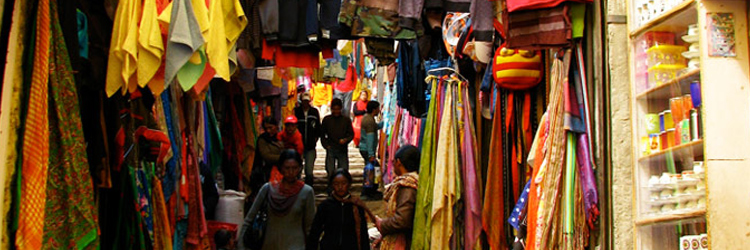
Although it is the first place you will see on your visit as it is located inside the town itself, we would advise you to visit this place last. The Leh Market consists of small Tibetan bazaars and souvenir shops which offer various articles like embroidered patches which can be custom made, pashmina shawls, prayer wheels and different silver artifacts; you can also enjoy the local cuisine of Leh here.
Contact Us
Get Directions
Domestic Packages
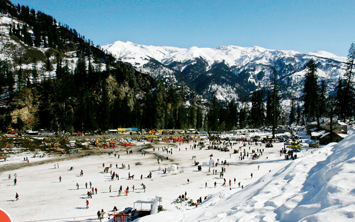
Himachal Packages
Nestled amidst the undulating Himalayan Mountains, the Himachal Pradesh state offers some quite interesting holiday options.
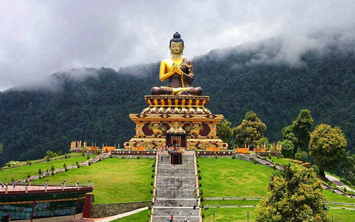
North East Packages
There’s an enchanting feel to the number seven. Days of the week, wonders of the world, colors of the rainbow, marriage vows.

North East Packages
There’s an enchanting feel to the number seven. Days of the week, wonders of the world, colors of the rainbow, marriage vows.

Goa Packages
Who doesn’t want to visit the paradise of beaches? Goa, without doubt, has the best beaches and attractions .
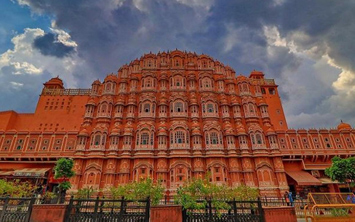
Rajasthan Packages
In North India is Rajasthan, an Indian state close to the border with Pakistan. This incredible state is a popular travel destination.
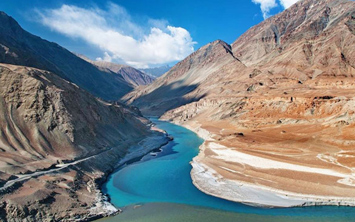
Ladakh Packages
Leh, the former capital of the kingdom of Laddakh and now known as Leh district in the state of Jammu and Kashmir .
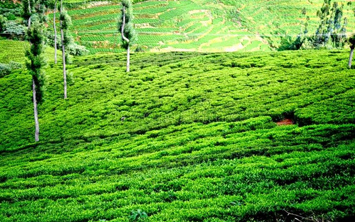
Ooty Packages
Also known as Udhagamandalam and sometimes Ootacamund, the hill station of Ooty lies near the Nilgiris in the Indian.
International Packages
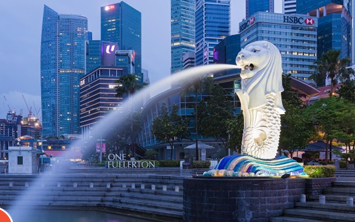
Singapore Packages
A land with futuristic marvels and sky-kissing buildings, Singapore is ahead of its time. With the brilliantly lit lights that.
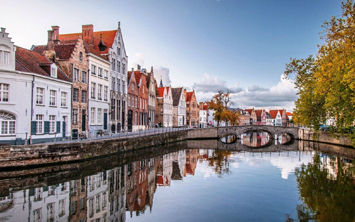
Thailand Packages
A bucket-list vacation spot for so many people, Thailand truly has it all–the chaotic charm of Bangkok, the epic tropical.
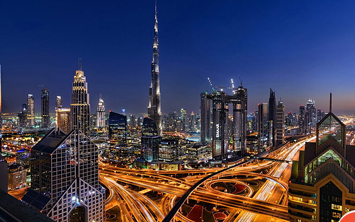
Dubai Packages
What if you get a chance to visit an overseas location that offers picturesque views and beautiful memories to cherish.
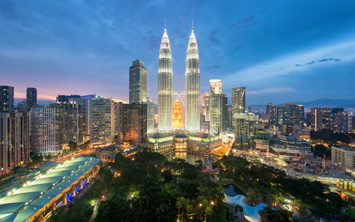
Malaysia Packages
Malaysia is often dubbed a melting pot of culture, and it is due to this characteristic the country has gained a lot of tourism.
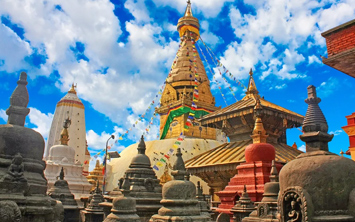
Nepal Packages
Nepal is a surprisingly diverse country that attracts visitors for many reasons. Some are lured by the call of the mountains.
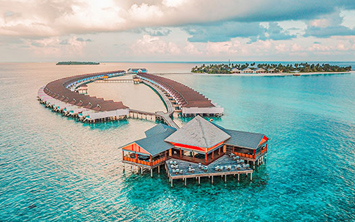
Maldives Packages
At the mercy of the sweet and hilly Indian Ocean, the Maldives Islands have been sculpted and molded. It is one of.
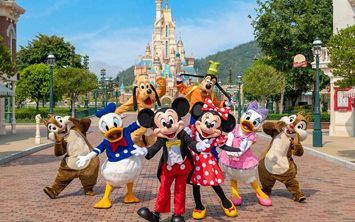
Hong Kong Packages
Hong Kong is known the world over as a glamorous city and a top choice for luxury shopping. But this city-state.



